For many, the name Iran evokes images seen on the news – headlines about politics and international relations. But what lies beyond these headlines is a country of immense depth, a land where ancient history breathes life into bustling modern cities, and where some of the world’s most hospitable people welcome visitors with open arms. Iran, once known as Persia, is a country of breathtaking diversity, from the snow-capped peaks of the Alborz mountains to the sun-drenched beaches of the Persian Gulf. It’s a land of poets, philosophers, and artists whose legacies have shaped global civilization. This comprehensive guide invites you to look past the stereotypes and discover the true Iran – a vibrant, beautiful, and deeply complex nation waiting to be explored. We’ll delve into its rich history, unravel its intricate culture, explore its diverse geography, and provide a practical guide for those considering a visit.

A Land of Emperors and Empires: A Brief History of Iran
To understand modern Iran, one must first appreciate its monumental history. The land has been the cradle of some of the most powerful empires the world has ever seen. The Achaemenid Empire, founded by Cyrus the Great, was one of the first and largest empires in history, famous for its enlightened policies and the establishment of the Persian Royal Road. Visitors can still walk through the magnificent ruins of Persepolis, the ceremonial capital of the empire, a UNESCO World Heritage site that stands as a testament to the power and artistry of its ancient rulers.
Following the Achaemenids, the Parthian and Sassanian Empires continued to shape the region, resisting Roman expansion and leaving behind impressive archaeological sites. However, a major turning point came with the Islamic conquest of Persia in the 7th century. This event fundamentally altered the social and religious landscape, leading to the golden age of Islamic science and art, often referred to as the Islamic Golden Age. Persian thinkers, poets, and scientists like Avicenna, Rumi, and Omar Khayyam were at the forefront of global intellectual advancements.
The subsequent centuries saw the rise and fall of various dynasties, including the Safavid dynasty, which established Shia Islam as the official religion of Iran, a defining characteristic of the country today. The Qajar and Pahlavi dynasties of the 19th and 20th centuries grappled with modernization and foreign influence, ultimately leading to the Iranian Revolution of 1979, a pivotal event that reshaped the country’s political structure and its relationship with the world.
The Heartbeat of a Nation: Exploring Iranian Culture
Iranian culture is a tapestry woven from thousands of years of history, and it is remarkably resilient and vibrant. At its core is a deep appreciation for poetry, art, and hospitality.
The Soul of Persia: Art, Poetry, and Music
Persian literature is one of the world’s most celebrated, with figures like Rumi, Hafez, and Ferdowsi revered globally. Their works are not just historical artifacts; they are part of daily life. It’s common to find Iranians reciting verses from Hafez to divine their future or visiting his tomb in Shiraz, a place of pilgrimage for lovers of poetry. The national epic, the Shahnameh (Book of Kings) by Ferdowsi, is a masterpiece that preserves the myths and legends of ancient Persia.
Persian art is equally rich and diverse, from the intricate patterns of Persian carpets and miniatures to the stunning tilework of mosques and palaces. The art of calligraphy is highly respected, and traditional Persian music, with its evocative melodies and complex rhythms, is a fundamental part of the cultural identity.
Hospitality and Family Values: The Iranian Way of Life
Perhaps the most striking aspect of Iranian culture for visitors is the incredible hospitality. Iranians are renowned for their generosity and eagerness to share their culture with foreigners. Don’t be surprised if you’re invited into a family’s home for a meal – it’s a genuine gesture of warmth and friendship. Family is the cornerstone of society, with strong intergenerational bonds. Respect for elders is paramount, and family gatherings, especially during holidays like Nowruz (the Persian New Year), are elaborate and joyous affairs.
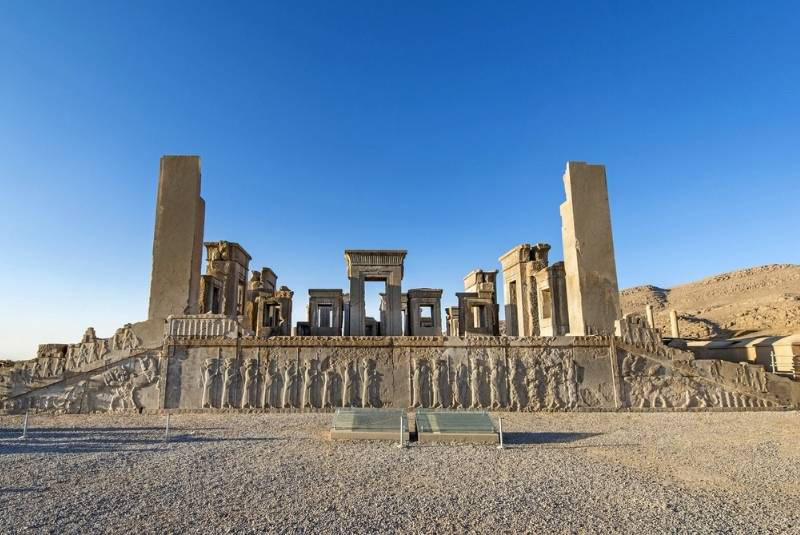
A Palette of Landscapes: Iran’s Diverse Geography
Many people are surprised to learn that Iran is a geographically diverse country, offering everything from arid deserts to lush forests and pristine coastlines.
From Snow to Sand: Mountains and Deserts
The Alborz and Zagros mountain ranges dominate much of the country, providing opportunities for hiking, skiing, and mountaineering. Mount Damavand, an active volcano and the highest peak in Iran, is a popular destination for climbers. The country is also home to vast deserts, including the Dasht-e Kavir (Great Salt Desert) and the Lut Desert, one of the hottest places on Earth. The unique rock formations and star-filled skies of the desert offer an otherworldly experience.
The Coastlines of the North and South
In the north, the Caspian Sea coast is a world away from the rest of the country. This region is a lush, green landscape with dense forests, rice paddies, and tea plantations, offering a refreshing contrast to the arid interior. In the south, the warm waters of the Persian Gulf and Gulf of Oman provide a different kind of beauty, with sandy beaches and islands like Kish and Qeshm that are popular tourist destinations. The unique geological features of Qeshm Island, a UNESCO Global Geopark, are particularly stunning.
A Culinary Journey: The Flavors of Iran
Iranian cuisine is a feast for the senses, with a focus on fresh ingredients, aromatic spices, and a perfect balance of flavors. It’s more than just food; it’s a form of art and a cornerstone of social life.
Staple Dishes and Ingredients
The foundation of Iranian cooking is rice, often served with a crispy, golden-brown crust called tahdig. A variety of stews, known as khoresh, are served over the rice. Popular khoreshes include Gheimeh (a split pea and lamb stew) and Ghormeh Sabzi (a fragrant herb stew with beans and lamb). Kebabs, marinated and grilled to perfection, are a national favorite, with different variations like Chelow Kebab and Kebab Koobideh found everywhere.
The Sweet Side of Iran
Desserts and sweets are an important part of the culture. Saffron, rosewater, and cardamom are frequently used to create exquisite flavors. Faloodeh (a frozen dessert with thin starch noodles and rosewater) and Sholeh Zard (a saffron rice pudding) are must-tries. And of course, no meal is complete without chai (tea), served in a small glass with a sugar cube.
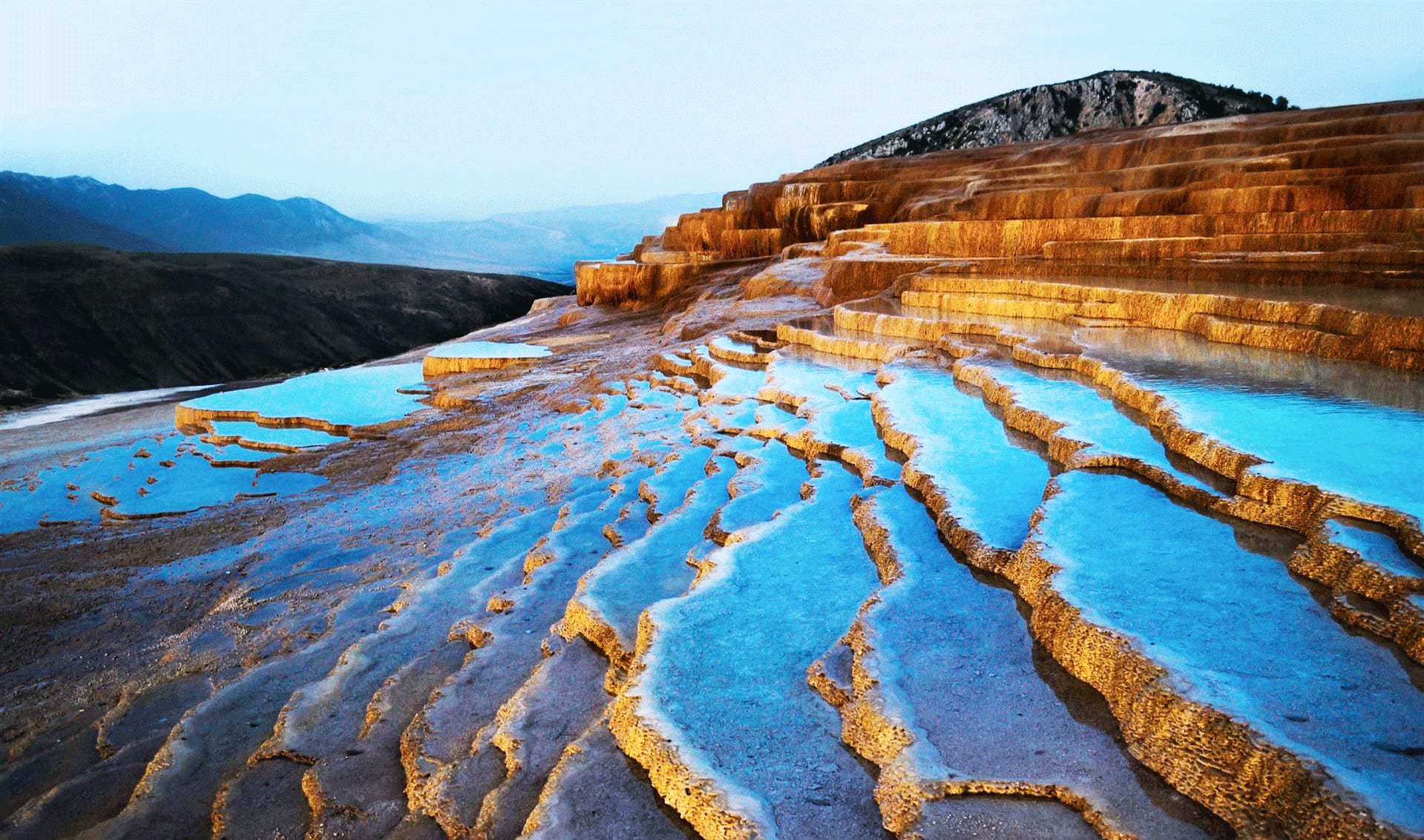
Navigating Modern Iran: Practical Information for Travelers
Traveling to Iran requires a bit of planning, but the rewards are immense. The country is generally safe, and the infrastructure for tourism is growing.
Visa and Entry Requirements
Most nationalities need a visa to enter Iran. It’s best to check the latest requirements with an Iranian embassy or consulate in your country. The process can be straightforward, with options for visa-on-arrival for some nationalities, though it’s always safer to secure it in advance.
Getting Around and Accommodation
Major cities are well-connected by domestic flights, a reliable bus network, and a comfortable train system. In cities, you can use ride-hailing apps like Snapp and Tapsi. Accommodation ranges from luxury hotels in major cities to charming boutique guesthouses and traditional homes, known as Ecolodges, that offer an authentic experience.
Etiquette and Dress Code
It’s important to be aware of local customs and the dress code, especially for women. Women are required to wear a headscarf (hijab) and modest clothing that covers their arms and legs. Men should also avoid wearing shorts in public. A little cultural awareness goes a long way in showing respect and building connections with locals.
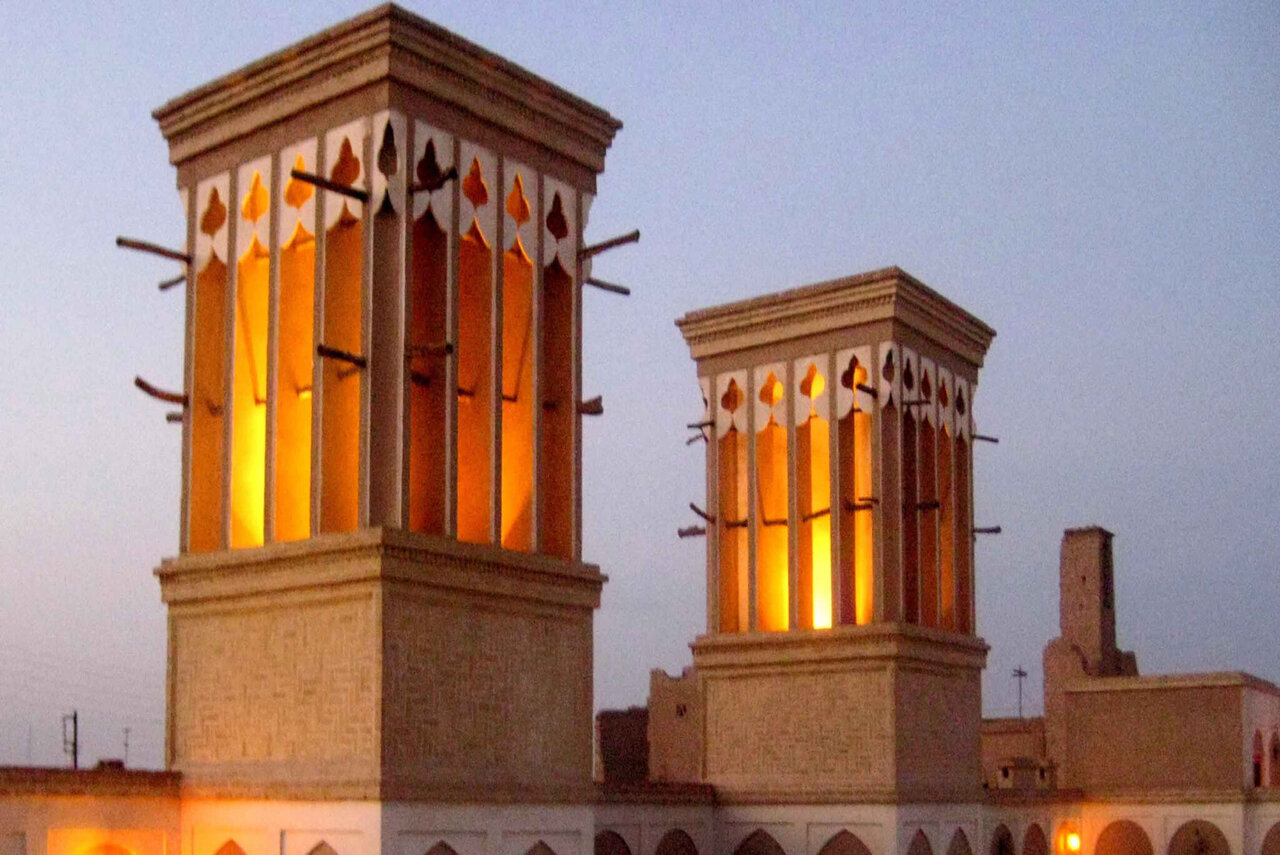
Conclusion
Iran is a country of paradoxes – ancient yet modern, traditional yet forward-looking. It’s a land that defies easy categorization and challenges preconceived notions. Beyond the headlines, you’ll find a nation with a deep sense of history, a profound respect for art and literature, and a people whose warmth and hospitality are unforgettable. From the majestic ruins of Persepolis and the vibrant bazaars of Isfahan to the serene beauty of its deserts and mountains, Iran offers an extraordinary journey for those willing to venture off the beaten path. It’s a country that doesn’t just show you its landmarks; it invites you to experience its soul.




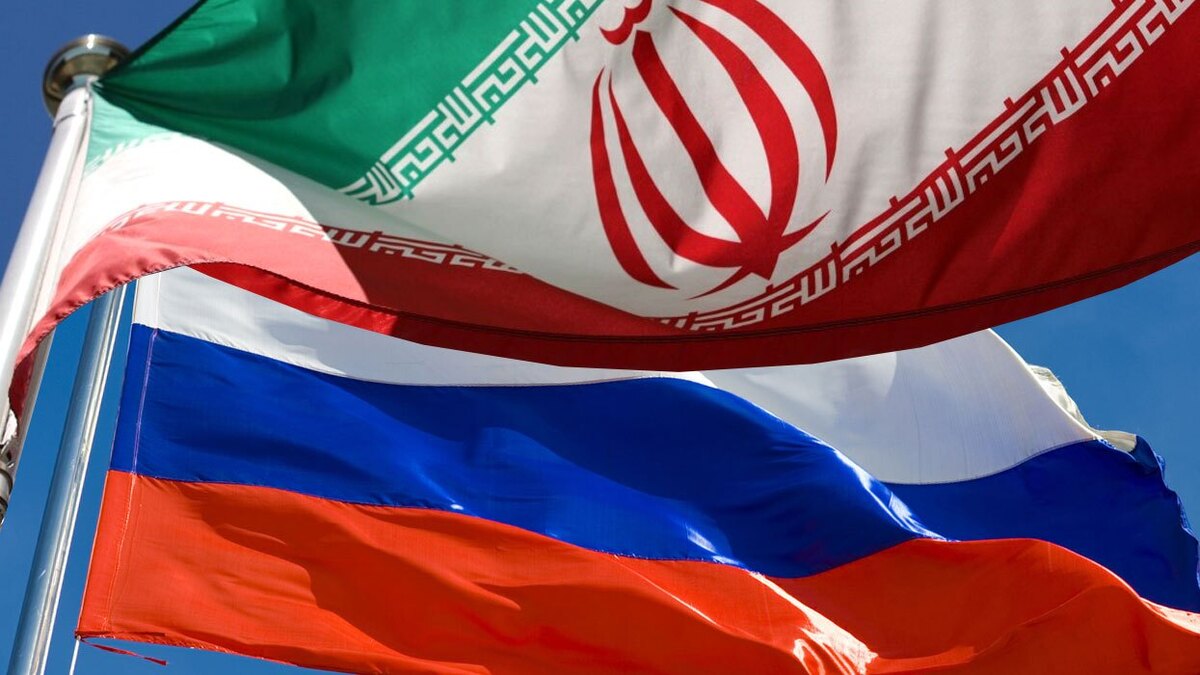

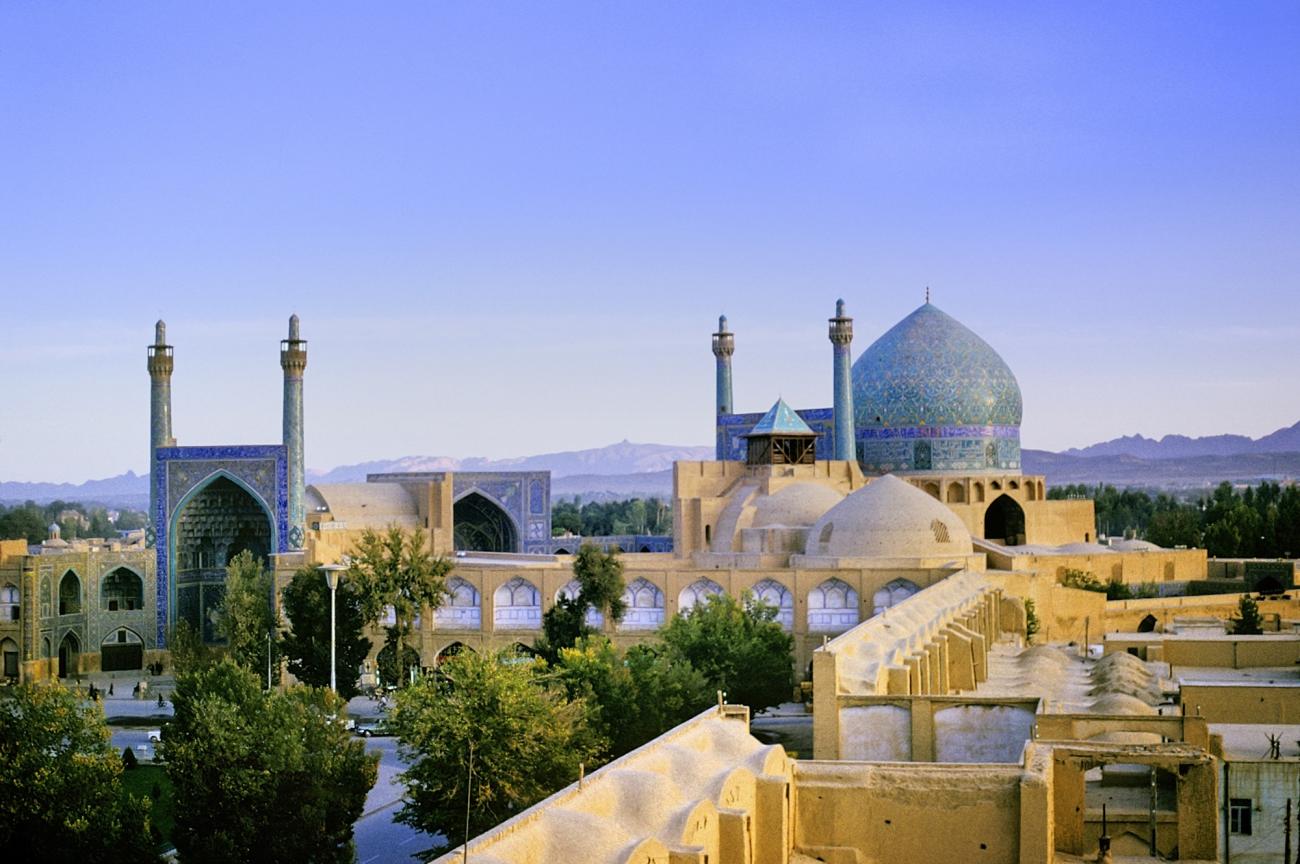

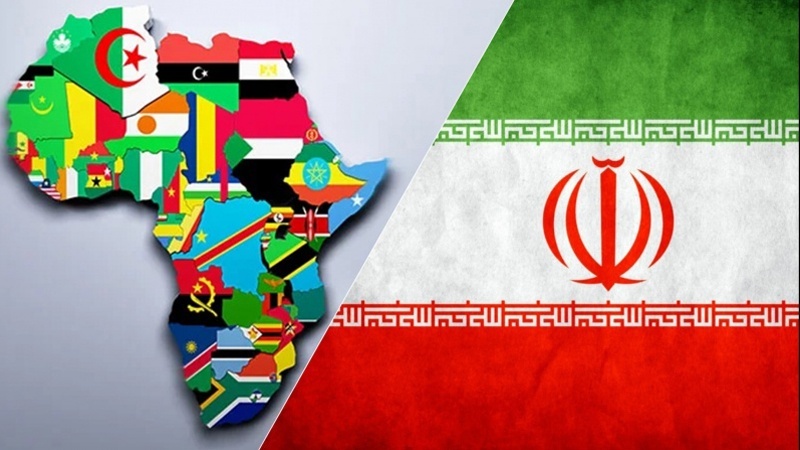


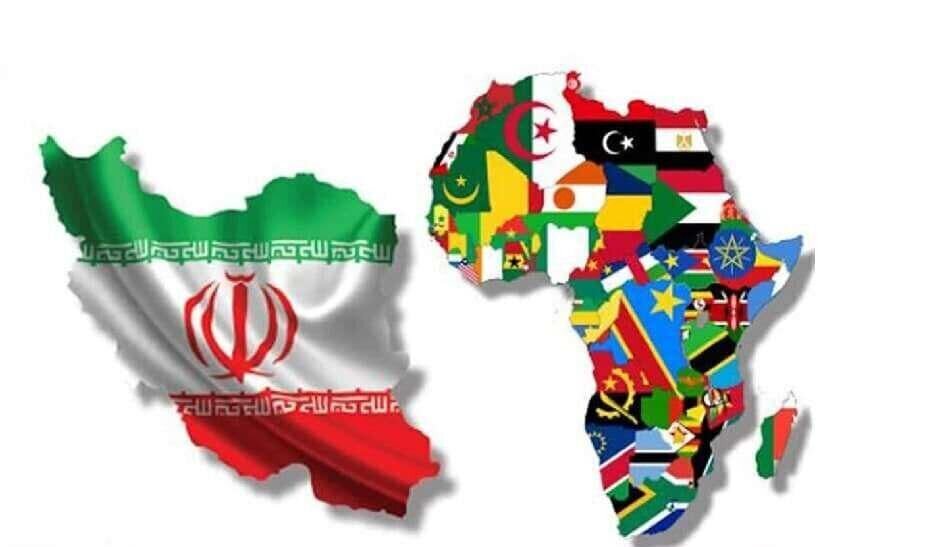


نظرات ۰